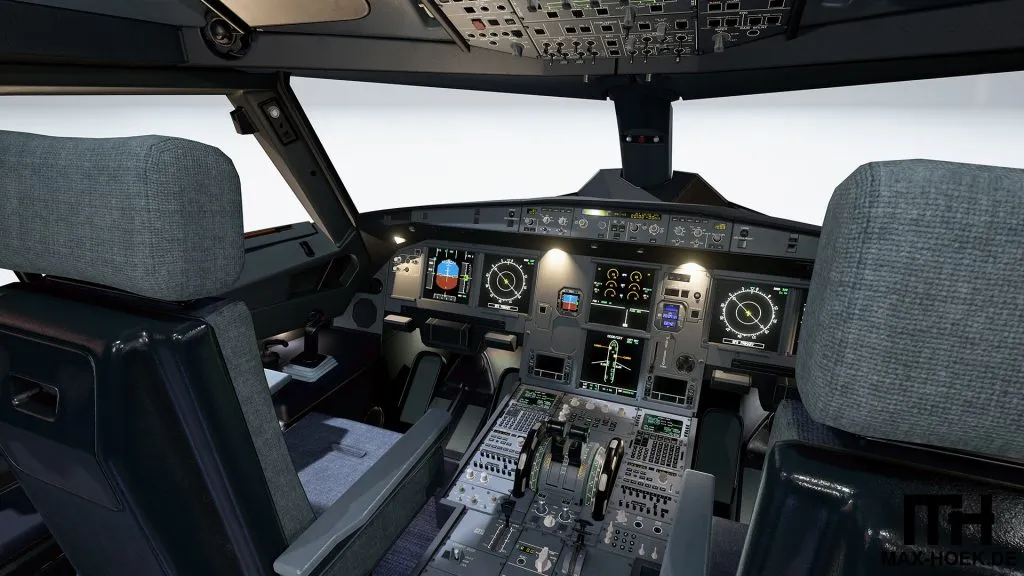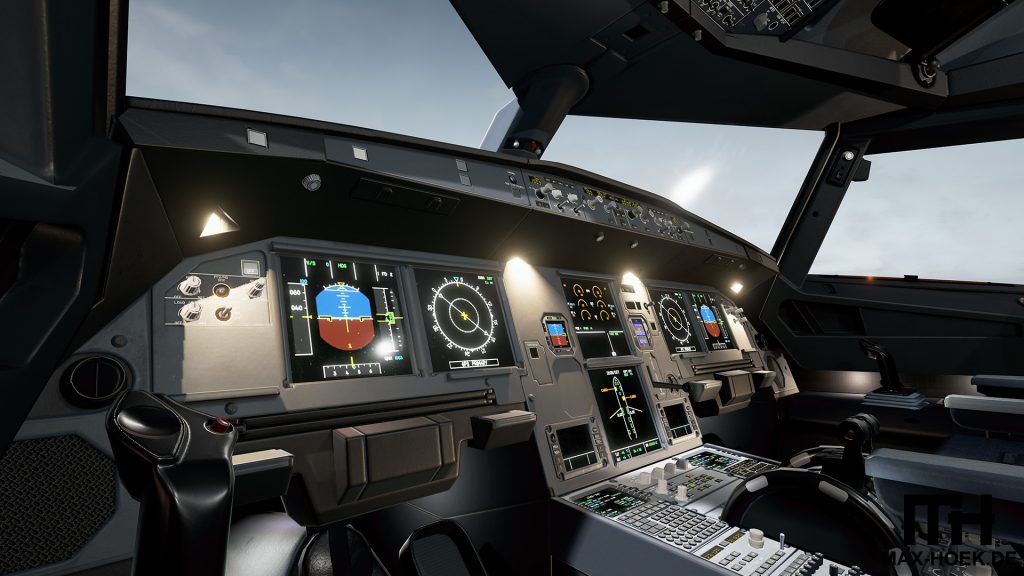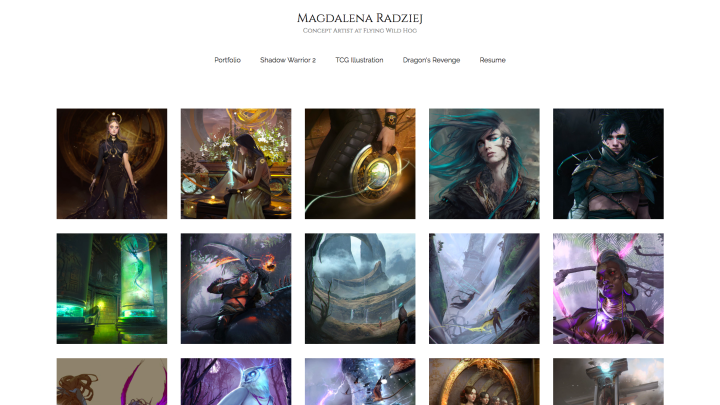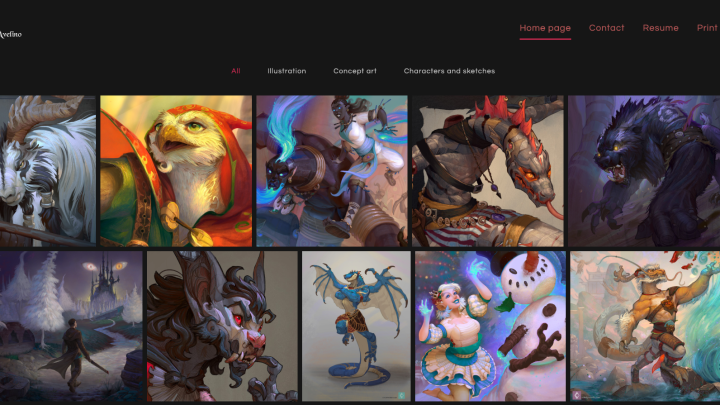Unreal Journey: Simulation & Training

Real-time technology is opening up a world of opportunities for artists. Proficiency with interactive 3D software is becoming a skill that is both transferable across several fields and highly in demand.
ArtStation and Unreal Engine have put together the Unreal Journey series to educate aspiring artists on the exciting career opportunities in 3D. We’re answering all the questions you need to know, from where to get started to what to include in your portfolio.
For times when it’s too dangerous or expensive to train in the real world, companies are turning to real-time rendering solutions like Unreal Engine to recreate immersive experiences. This profile explores careers that help create critical simulation and training scenarios for real-world applications.
The Job
Simulation specialists play an important role in visualizing and developing complex engineering projects. As a simulation specialist, you will develop worlds for virtual testing, enabling developers to iterate faster and rely less on real-world testing. You may work in the medical, automotive, or aerospace industries, or even in military training, creating 3D visualizations.
Simulation specialists use interactive 3D to provide 3D visualizations, dynamic scenarios, and games for training that replicate real-world situations. Jobs in this field can be crucial for training and range from helping brain surgeons practice with real-time simulation to training new pilots to react in emergency situations.
Education
Simulation generalists could be graduates of game or animation programs, computer science programs, or from various engineering backgrounds.
Conceptual knowledge
- 3D modeling
- Visual storytelling
- Human-computer interaction (HCI)
- Basic programming
See more in the Creator’s Field Guide >
Unreal Success Story: Max Hoek
Max Hoek is a German artist, currently based in Prague. He grew up with a passion for creating in 3D but began a career in carpentry because he initially thought he would have trouble finding a paying job as a 3D artist.
“I had never stopped with 3D, but it was just my hobby. After more than 3 years as a carpenter, I found a university course in Interactive Animation and was immediately enthusiastic. I gave up everything and fully concentrated on my studies. It was there that I first came in contact with Unreal Engine, which must have been shortly after the release of UE4 in 2014. I then did my first student thesis, as well as my bachelor thesis with Unreal.
I learned a lot, especially in my bachelor thesis. With a fellow student, I built a prototype of a VR flight simulator in 2017. The idea was to show how well it is possible to study in VR in order to maybe even cut expensive real flight hours. Thanks to this project, I got a job at the VR Startup Hologate in Munich. We developed location-based VR games in a small team with Unreal Engine and the HTC Vive.”
More recently, Hoek transitioned from VR simulation to the games industry, where he currently works as an environment artist at Wargaming.
A Day in the Life
“It’s really hard to say as every day is basically different. Usually, we have a short stand-up meeting in the morning, then I go about my duties. My area of responsibility focuses on every conceivable type of structure, as well as larger objects that will later be on a level. Starting with looking for references, block out, modeling, texturing, destruction, to the final tweaking in the engine. We’re a pretty small team here, so it never gets boring.”
Check out Case Studies on how Unreal Engine is being used for Simulation & Training >
What To Show in Your Portfolio
If you have any experience designing a simulation, a video, or a detailed breakdown of how that simulation worked, can help demonstrate your problem-solving capabilities as well as your design implementation.
For example, Hoek’s Virtual Reality Airbus A320 Cockpit project includes a demo, a breakdown of all view modes, all materials, low-poly wireframes, and some modeling examples in addition to the images of the simulation.
“Quality over quantity. I think it’s important to show what you can do artistically and not how much you can produce. It’s better to have two or three small, very polished scenes or objects instead of trying to build a whole RPG yourself.
Pay attention to where you want to end up and to really focus on it. Try to become more of a specialist. Nobody is able to know everything.”
Set up your ArtStation portfolio >
Want to be inspired and find more Unreal artwork?
Get Started
More on Simulation & Training with Unreal Engine
Creator’s Field Guide to Emerging Careers in Interactive 3D



























